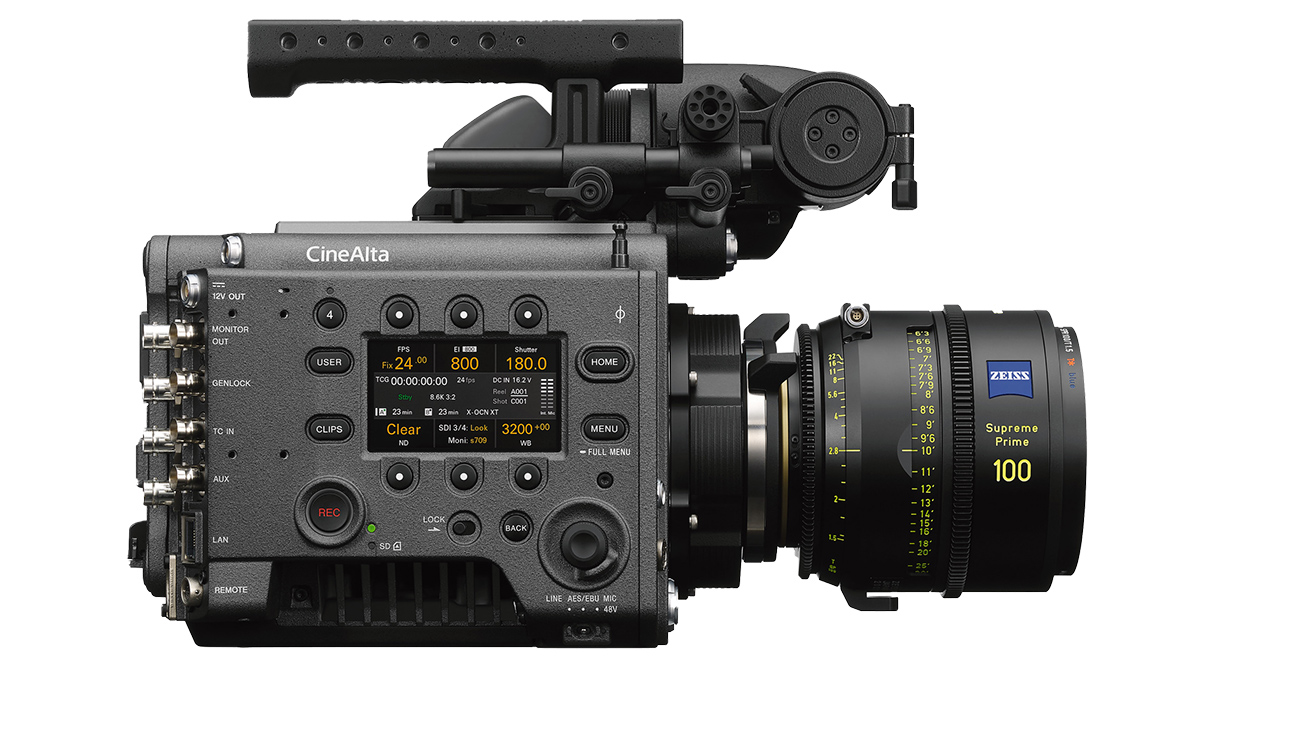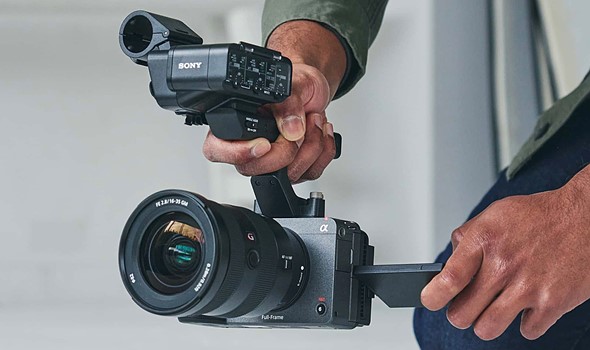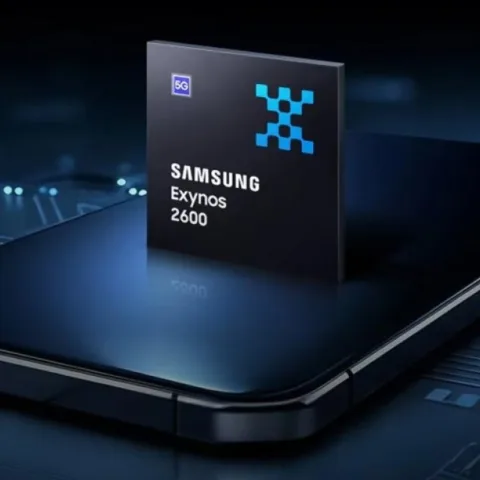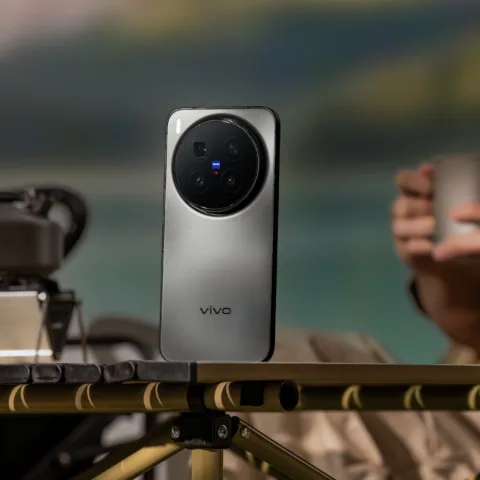During the past few years, 3D movies have experienced a resurgence all over the world; almost all action blockbuster movies have a 3D version for the audience. The price of 3D movie tickets varies depending on country, but is generally more expensive than traditional 2D movies. In spite of this price difference, interest in watching 3D movies, especially in urban areas, is quite high, at least if seen from the amount of people willing to buy tickets for the costly IMAX 3D.
What is interesting about the 3D movie trend, is the technology behind it. The production process is very difficult because it at least needs special cameras or a special post-production process to become a format easily distributed worldwide. 3D movies now use digital media, not film, but use a special digital rights management system so that it cannot be opened on just any computer. The digital projectors used are also specialised, as they need much brighter (and more expensive) projector lights, and have a strong graphical projection capability, because the pictures projected from the file are in high resolution and are embedded with a few special techniques to enable the desired 3D effect.
Many say that the push from Hollywood studios towards 3D movies is a last attempt to achieve profit levels of previous years, because the technology used from production, distribution and projection of 3D movies is difficult to compete with by pirated movies spreading through the internet or pirate DVD stores. Others say that 3D movies are a conscious effort against piracy, because even the movie file received by each cinema cannot be projected to the screen without a physical key (shaped like a USB flash disk) attached to the projector; this key, called a KDM, is even programmed with the showtimes.
One way to make sure competitors –or pirates– do not copy or pirate your project too quickly, is by creating technological ‘hurdles’. When movies on VCDs and DVDs became comparatively easy to copy and print on to other optical media, industry players introduced the Blu-Ray (and the no longer used HD DVD) standard. Once a technology hurdle has been overcome, new features are developed –this is one of the reasons why TV brands have been actively promoting 3D TV, although interest remains low (and prices remain high). It is the same way with cinemas. If the interest to watch movies in a cinema decreases because of comparative ease to get movies through illegal channels, or people do not feel the difference between the experience of watching on a big screen at home or at the cinema, 3D movies is offered to lure people back.
With or without proper enforcement of piracy, copyright infringement, plagiarism or plain copying, running a business –especially a digitally-based one– will need to consider this ‘hurdling’. Is there a proprietary technology that is simply difficult –or would take time– for someone else to copy? Once an idea is made into reality, it is much easier for someone to copy because they did not go through the creation process. Now if the tech is easily imitated, how easy is the deployment process? Are there any other elements that will make your digital business better, other than technology?
Ideas are cheap, whether it be for apps, songs, or stories. Developing those ideas into working apps, a sound recording, a book, or a movie, needs a process, especially if it is for public consumption. Because the fact that things that we can see in front of us are easy to copy, we probably can learn from 3d movie technology on how to maintain your work’s value. We might not have the resources of the movie, TV, and consumer electronics industries, but at least we can emulate their cunning.
 Ario is a co-founder of Ohdio, an Indonesian music streaming service. He worked in the digital music industry in Indonesia from 2003 to 2010, and recently worked in the movie and TV industry in Vietnam. Keep up with him on Twitter at @barijoe or his blog at http://barijoe.wordpress.com.
Ario is a co-founder of Ohdio, an Indonesian music streaming service. He worked in the digital music industry in Indonesia from 2003 to 2010, and recently worked in the movie and TV industry in Vietnam. Keep up with him on Twitter at @barijoe or his blog at http://barijoe.wordpress.com.









